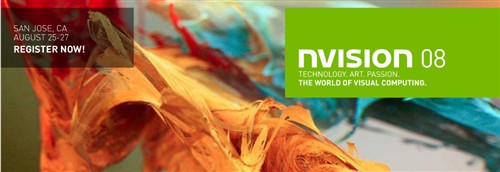Introduction to the Direct3D 11 Graphics Pipeline

| Allison Klein
| Be the firston your block to learn about how Direct3D 11 extends and enhancesDirect3D 10 with new hardware and API calls. This talk discusses thefeatures in Direct3D 11 that enable you to create content that scalesfrom small screens to high-resolution displays, and across different CPU and GPU configurations.
|
Direct3D 11 Tessellation

| Kev Gee
| Direct3D 11 contains new programmableand fixed function stages designed to enable powerful, flexibletessellation approaches at interactive frame rates in games andmodeling applications. Come with us as we take a trip through thepipeline and hear how to prepare your content pipelines to exploit thisincredible step in the evolution of graphics.
|
Direct3D 11 Compute Shader —More Generality for Advanced Techniques

| Chas Boyd
| The Direct3DAPI imposes some constraints on the processing model in order toachieve optimal rendering performance. Direct3D 11 introduces theCompute Shader as a way to access this computational capability withoutso many constraints. It opens the door to operations on more generaldata-structures than just arrays, and to new classes of algorithms aswell. Key features include: communication ofdata between threads, and a rich set of primitives for random accessand streaming I/O operations. These features enable faster and simplerimplementations of techniques already in use, such as imaging andpost-processing effects, and also open up new techniques that becomefeasible on Direct3D 11–class hardware.
|
High Level Shader Language (HLSL) Update—Introducing Version 5.0 
| Michael Oneppo
| Get ready toshift your shader development into high gear with the next version ofHLSL. This talk introduces new High Level Shader Language featurescoming in Direct3D 11, including support for Dynamic Shader Linkage andmore. Hear how HLSL 5.0 brings support for interfaces, objects, andpolymorphism, and get yourself ready for this exciting update to theworld’s leading data-parallel programming language! |


